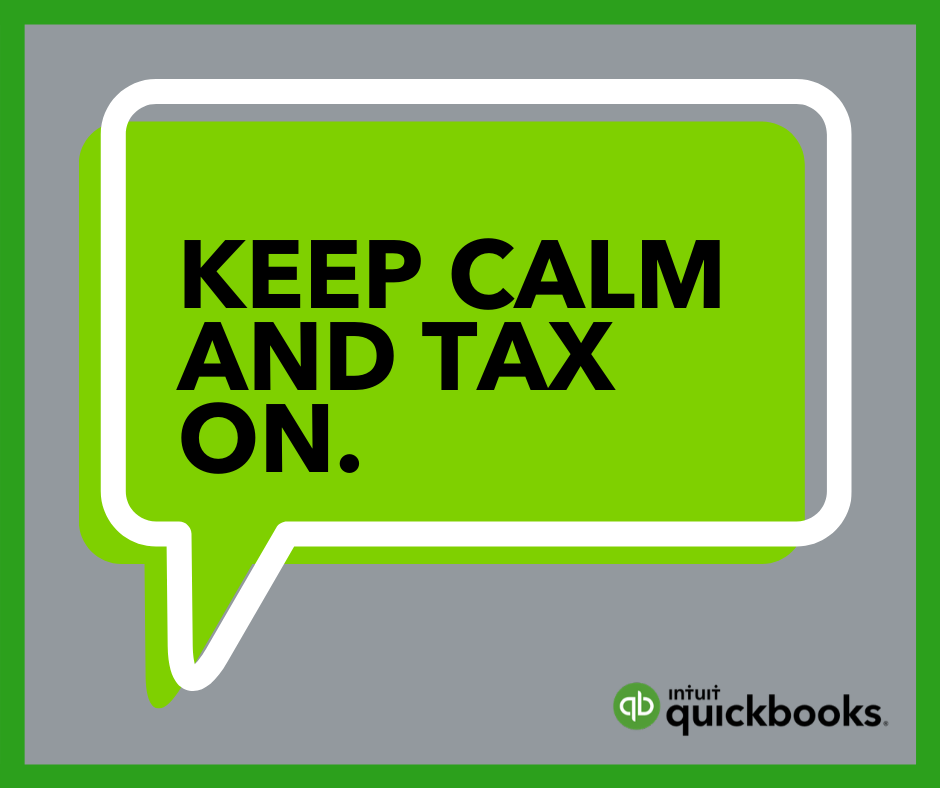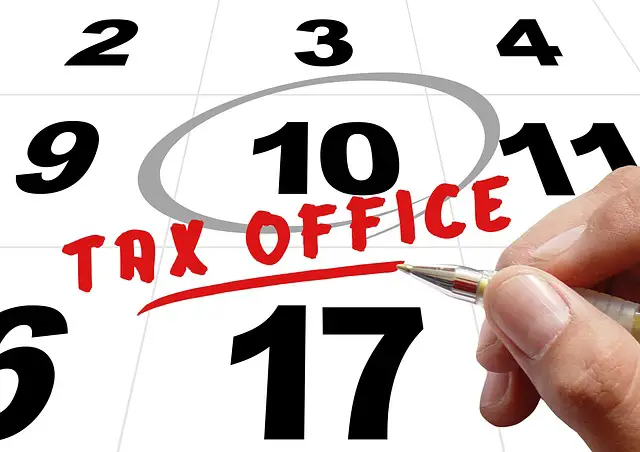As a taxpayer, trying to calculate your tax refund can be overwhelming due to the sheer amount of tax changes that occur each year.
But if you want to stay ahead of the game, increase the money you keep annually and be in the know about the tax updates heading everyone’s way in 2021, you’ll want to do your due diligence sooner rather than later. Below, we’ve compiled a list of tax changes and tax trends for 2021.
Summary of tax trends and changes for 2021
- Newly defined tax brackets for regular income in addition to qualified dividends and long-term capital gains
- Changes to some popular tax credits
- Higher standard deductions
- Changes to contribution limits and income limits for retirement savings
- Increases in other tax-favored accounts for education and healthcare
- New gift and estate tax exemptions
- Updates qualifications for common tax deductions
What are some of the key tax trends you’ll need to be ready for in 2021?
Below, we have broken down the major changes you’ll see as you prepare your 2021 taxes.
1. Adjustments in tax brackets and tax rates
 For 2020, the highest tax rate is still 37 percent for individual taxpayers filing as single and with an income greater than $518,400 which is slightly up from the 2019 number, $510,300.
For 2020, the highest tax rate is still 37 percent for individual taxpayers filing as single and with an income greater than $518,400 which is slightly up from the 2019 number, $510,300.
The income limit for this rate is $633,050 for married couples filing jointly or MFJ for short and $311,025 for married individuals filing separately (MFS).
The lowest rate is 10 percent for single individuals and married couples filing separately, whose income is $9,875 or less. For married individuals filing jointly, the combined income can’t be more than $19,750.
2. Updates to capital gains rates
For long term capital gains and qualified dividends, there was no change for 2020, but income limits to qualify for certain rates increased.
For 2020, the zero percent rate is applicable to individual taxpayers with a taxable income of up to $40,000 on single returns, $53,600 for heads of household filers, and $80,000 for joint returns.
The 20 percent rate on capital gains is applicable for single filers starting at $441,451, $469,051 for heads of households, and $496,601.
3. Changes in deductions
The standard deduction for married filing jointly goes up to $24,800 for the tax year 2020, which is $400 more than it was in 2019.
If you are a single taxpayer or married individual filing separately, the standard deduction went up to $12,400 for 2020, which is $200 more than in 2019. And for heads of households, you can expect the standard deduction to go up to $18,650, which is $300 more than the 2019 deduction amount.
Changes to deductions can result in money back but it is vitally important to prepare ahead of time so you know how much to report and how many deductions to claim.
4. New education tax break income limits
For 2020, the lifetime learning credit phases out at a higher AGI (Adjusted Gross Income) for couples: $118,000 to $138,000. For single, the AGI range for singles is $59,000 to $69,000. The income cap for 2020 is also higher for the tax-free EE bonds that are utilized for education. The cap ends at a modified AGI of $153,550 and $97,350.
These bonds must be used to pay for tuition and other expenses related to college, vocational school for the taxpayer, the taxpayer’s dependent, or the taxpayer’s spouse.
Knowing what type of tax breaks are available based on education can help young entrepreneurs start their company’s out of school.
5. Energy credit modifications
If you are thinking about making energy-efficient upgrades to your home, it is important to note that the solar credit is being reduced. For 2020, the rate decreases down to 26 percent and will drop even more to 22 percent in the year 2021.
Similar credits for geothermal heat pumps, fuel cells, and residential wind turbines will also see a decrease.
This list is not exhaustive and acts as a high-level overview of the types of trends you are going to see in your taxes when you file your 2021 tax return. As always, it behooves you to consult a tax professional if you’re unsure how these changes will affect you and your personal financial situation.
Founder and Principal of Source Capital Funding Sacha Ferrandi says, “It is crucial for business owners to stay up to date on how new tax laws impact their business and employees so that they can prepare their financial reporting ahead of time.”
What are some steps I should take to prepare for the 2021 tax season?

QuickBooks has helped a lot of businesses save time and money by simplifying their accounting needs.
Learn more about how QuickBooks has helped businesses keep all their financial data in order and receive a special 50 percent discount for your first 6 months. Click this link to get started.
As a business owner, let alone a first-time business owner, it can be difficult to know everything you need to do when starting a new venture.
If you want to get ahead for 2021, here are some steps you can take throughout the year so you’ll be ready to file.
Step 1: Get your paperwork in order.
At the end of 2020, it is important to gather all the tax documents you’ll need to file your taxes. The major tax documents you may need include:
- Your W-2, if you had a job
- 1099 forms for other kinds of income you received over the year
- 1099-DIV for dividends
- 1099-INT for interest
- 1099-MISC for independent contractors
- Form 1098 to report mortgage interest
- Form W-2G for gambling winnings
Step 2: Find your receipts.
The type of receipts you’ll require will depend on if you itemize your deductions or simply claim the standard deduction. You’ll need to crunch the numbers or consult your tax preparer to figure out which delivers the bigger write-off.
The only way to determine which is better is by adding up your itemized deductions and comparing that final to the standard deduction.
One receipt you should always keep and look for are receipts for medical costs that weren’t covered by insurance or were not covered by other plans like an FSA, aka a flexible spending account.
If you decide that itemizing your deductions gives you a bit more bang for your buck, you’ll want to specifically collect any receipts you have made for charitable contributions.
For instance, contributions of $250 or more require a written acknowledgement from the charity stating the gift amount.
Step 3: Decide how you want to file.
Technology has helped accelerate the changes in almost all industries and tax prep isn’t any different. Accountants and professional tax preparers are moving away from the world of traditional paper tax prep.
Now, there are plenty of online tax software platforms like Quickbooks that empower individual tax preparers to do their taxes thoroughly and correctly.
Most tax software available today is extremely user-friendly compared to figuring out the paperwork by yourself and hoping you are completing your taxes properly. Plus, it is typically a cost-efficient solution. Tax software is designed to guide you through each step of the tax prep and tax filing process.
Good software double checks your tax returns to ensure you are receiving all of the tax deductions and credits to which you are entitled. Plus, it should also check for errors and make sure that your math is sound.
With tax prep software on your side, it is extremely which form to fill out. There are tons of schedule forms out there, but tax software enables you to simply answer questions and prompts, fill in the required information, and then the tax software does all the grunt work for you.
If you decide to use tax software, you’ll likely also get the opportunity to take advantage of e-filing. When you use the e-file option, you are much more likely to get your tax refund faster and more securely. And, if you set up a direct deposit, you can get your tax refund sent directly to your bank account.
Takeaways: Tax Trends for Tax Payers to Prepare for Tax Season
Taxes can be overwhelming, but with the right preparation and know-how, you can easily make the most of the 2020 tax season and figure out how to maximize your refund.
Use this article as a high-level guide, and you’ll be more prepared than ever to take on your taxes confidently.
Using QuickBooks to keep track of all your finances will keep you organized, simplify your everyday accounting needs, and — with the help of your accountant, you will find additional tax savings or deductions come this time of year.
QuickBooks allows you to import and easily track your income and expenses, which will help you stay so much more organized and keep all of your business financials in one place without the stress of having to sift through receipts or spreadsheets at tax time.
If you get QuickBooks now to help you stay organized in the future, filing your taxes won’t feel so daunting!
If you are interested in learning more about how QuickBooks can help you, and are ready to sign up, click this link to get a special 50 percent discount for your first 6 months.
Samuel Kaye is a contributing editor for 365 Business Tips and writes about a variety of topics ranging from content marketing strategy to business development to help entrepreneurs and business owners grow their ventures.

